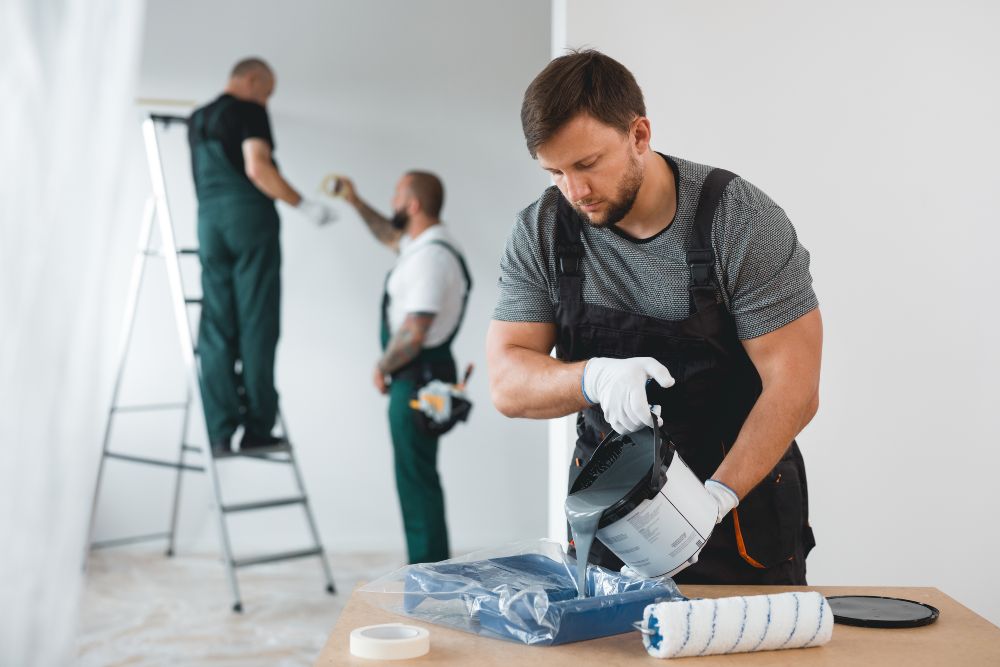
Renovating business premises is often an inspiring and interesting reinvestment in your brand as a whole, and a sure-fire means of improving the daily working conditions of your most regular staff.
However, it’s also true to say that renovations rarely happen overnight. Staff are sure to notice, in other words, and the degree to which you limit their exposure to work taking place is important. After all, without ensuring your staff are shielded from the noise, debris, and danger, then you’re ensuring they feel annoyed and less productive at best, and perhaps exposed to injury at worst.
None of that is acceptable. While some useful measures like offering portable toilets as a temporary stopgap measure while your plumbing is worked on can help keep staff functional and able to work, you may also consider a few more methods of limiting staff inconveniences so you can work as expected.
In this post, we’ll discuss three further examples regarding how to achieve this. Let’s consider that, below:
Security Measures
Security measures put in place to ensure that staff don’t wander into an active construction zone is an important consideration to make. Construction shielding walls with appropriate warnings can be placed at the beginning of a work zone, meaning that staff are in no danger of accidentally putting themselves in harm’s way while trying to take a shortcut in the building. Essential office briefings must be delivered each morning to discuss which areas are closed off, and to come to management should functionality usually scheduled for those areas needs to be reappointed elsewhere.
Noise Pollution
Noise pollution is to be expected when renovating and taking part in construction, and you’re likely within your legal allowances during the day even if your premises is relatively near a residential area.
Yet within the office, staff can have trouble dealing with certain efforts if they have to listen to drilling all day, and this could quite easily be considered a workplace hazard. This is why exterior office buildings, scheduling heavy work for the morning and lunch break periods, and ensuring that staff are rotated out of the closest areas (perhaps via using the advice below) could be tremendously helpful.
Revolving Departments & Remote Work
Remote work has been both the boon and bane of many businesses who both appreciate its benefits and dislike some of its drawbacks. That said, many staff find remote working to be a perfectly capable and worthwhile means of interfacing with their jobs, and in some cases, they still haven’t returned after the pandemic slowed down a little.
For this reason, now could be the perfect time to re-integrate this, without the burgeoning pressure that was on you before. After all, renovating an entire office department means making sure that your staff don’t have to be exposed to the difficulties of a construction environment, or work near one. Planning for a month of remote work is much easier than in the pandemic, where very little warning was given and a full workforce has to undergo these new measures.
With this advice, you’re certain to limit staff inconvenience, and thus retain productivity, even when renovating your premises.


